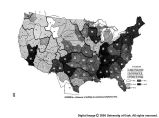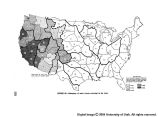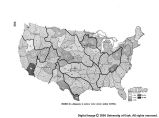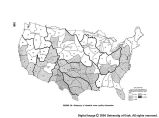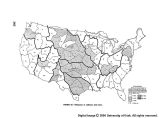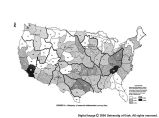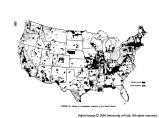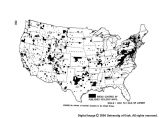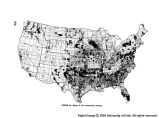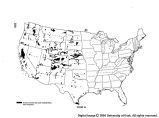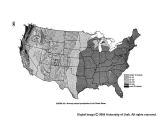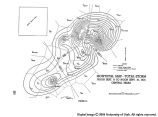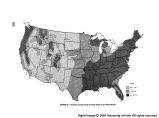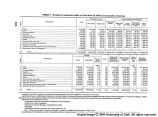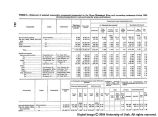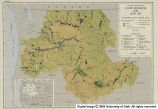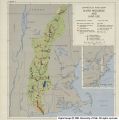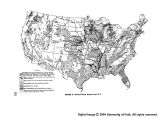| OCR Text |
The Technical Aspect A basin program or an individual project must be sound from a physical point of view. Among the pertinent questions which must be answered affirmatively are the following: Is the plan based on complete and accurate scientific data? Does it make the best use of the natural en- vironment? Does it make full use of the natural dynamic processes of water within the basin? Is the supply of water adequate for the contem- plated functions? If not, how may functions best be reorganized to utilize the available supply? Are the proposed physical structures sound and functionally adapted to the purposes to be served? Is the plan sufficiently flexible to permit subse- quent expansion or modification? Is the project the best of the possible alterna- tives? Does it leave future opportunities for develop- ment and use unimpaired? Technical soundness must be related to other considerations, including costs and the nature of the needs and demands for the goods and serv- ices to be supplied by the project development. Within the broad limits fixed by the natural en- vironment and known technology, very consider- able variations in techniques are possible accord- ing to the social objectives to be served. The Financial Aspect The costs to be incurred by the Government and the direct financial returns to be expected must be considered in determining the feasibility of a basin program or project. An accurate esti- mate must be made of all costs, including the initial investment in land, labor, and materials and subsequent costs for replacement and for operation and maintenance. Such costs may in- clude the following: Initial investment: 1. Preliminary investigation, survey, and plans. 2. Construction. 3. Land acquisition, rights-of-way, and utility replacement. 4. Administration. 5. Interest on money. Annual costs: 6. Operation and maintenance. 7. Administration and overhead costs in general. 8. Insurance and payments in lieu of taxes. 9. Interest, depreciation, amortization, risk allowances, and/or any other similar costs. 10. Previous services whose cost is increased by the project. When the total costs have been estimated, a careful estimate should be made of the antici- pated receipts under the existing reimbursement and rate policies, in the light of prospective eco- nomic conditions. This would involve an esti- mate of the receipts actually anticipated from the sale of electric power, collection of waterway tolls, payments for irrigation, municipal and in- dustrial water supply, and assessments on con- servancy districts. The relationship between total costs and total returns would indicate the extent to which the program or project would be financially feasible. Financial feasibility has been urged by some as the determining factor in evaluation, that is, they believe that all water resources projects should be self-liquidating. This view implies that Federal agencies should seek out sound business opportunities wherever they may be found in the water resources field. The basic fallacy in such reasoning is that it seeks to transfer to public investments the limita- tions common to private investments. The Fed- eral Government seeks to conserve and develop the Nation's natural resources for the general welfare and not for profit. Hence, financial feasibility is not the same as economic feasibility. Financial costs and returns should be considered in analysis, but financial feasibility alone should not determine the desirability of a program or project. For this reason the Commission is rec- ommending that Congress eliminate the require- ment that irrigation projects show financial feasibility. 59 |



















































